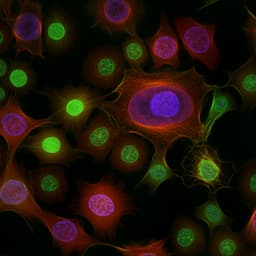
Environmental Studies and Forestry
Projected losses of ecosystem services in the US disproportionately affect non-white and lower-income populations
J. D. Gourevitch, A. M. Alonso-rodríguez, et al.
This study reveals the uneven distribution of ecosystem service benefits across demographic and socioeconomic groups in the U.S. from 2020 to 2100. Authors Jesse D. Gourevitch and his team identify how marginalized populations are disproportionately affected by declines in clean air, protection against West Nile virus, and crop pollination, urging for targeted land use policies to address these inequalities.
~3 min • Beginner • English
Related Publications
Explore these studies to deepen your understanding of the subject.







